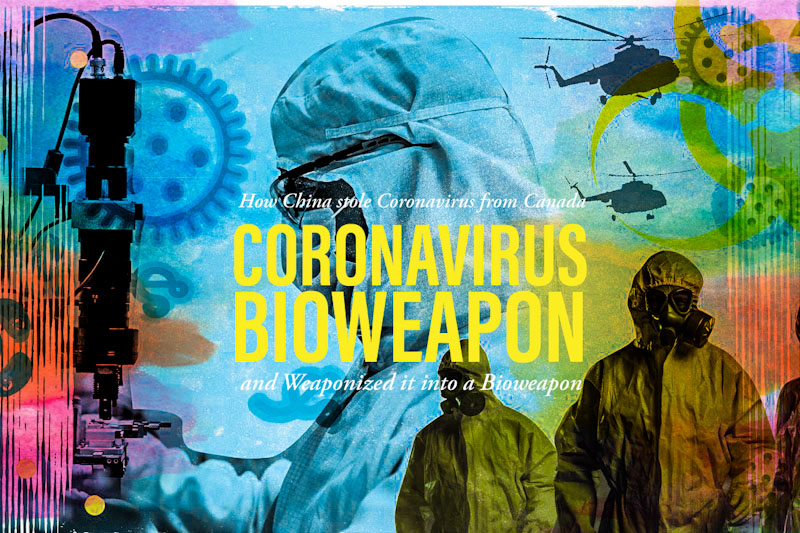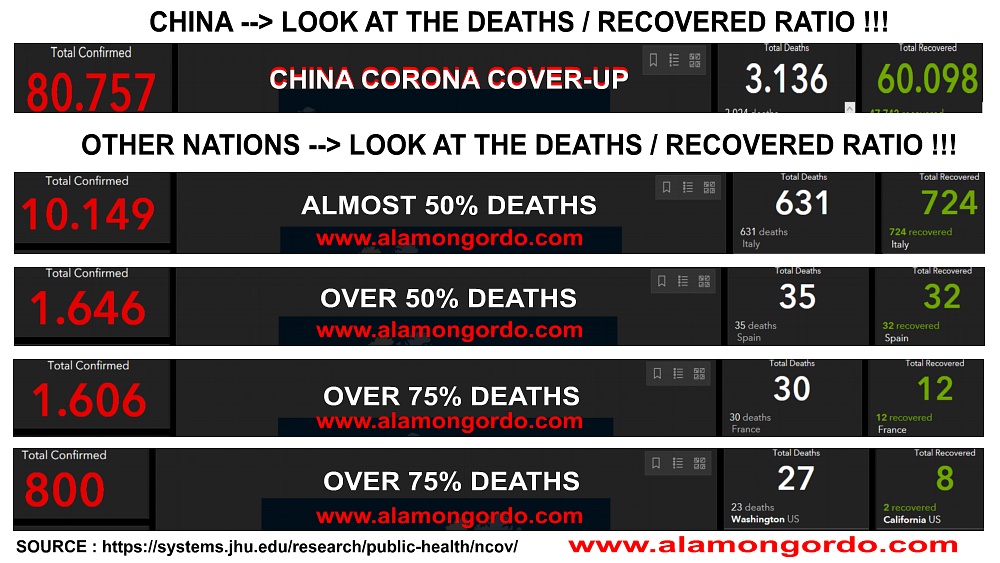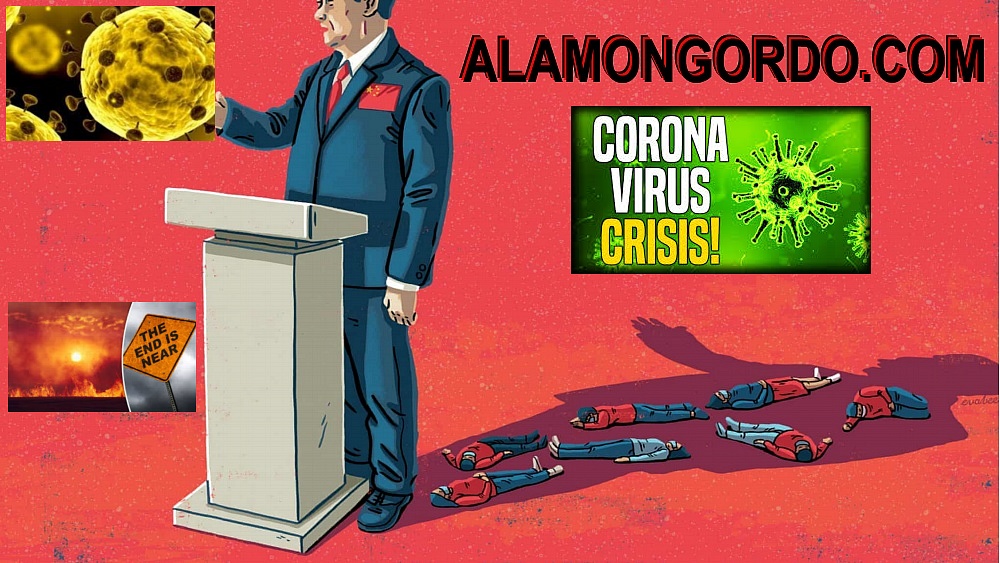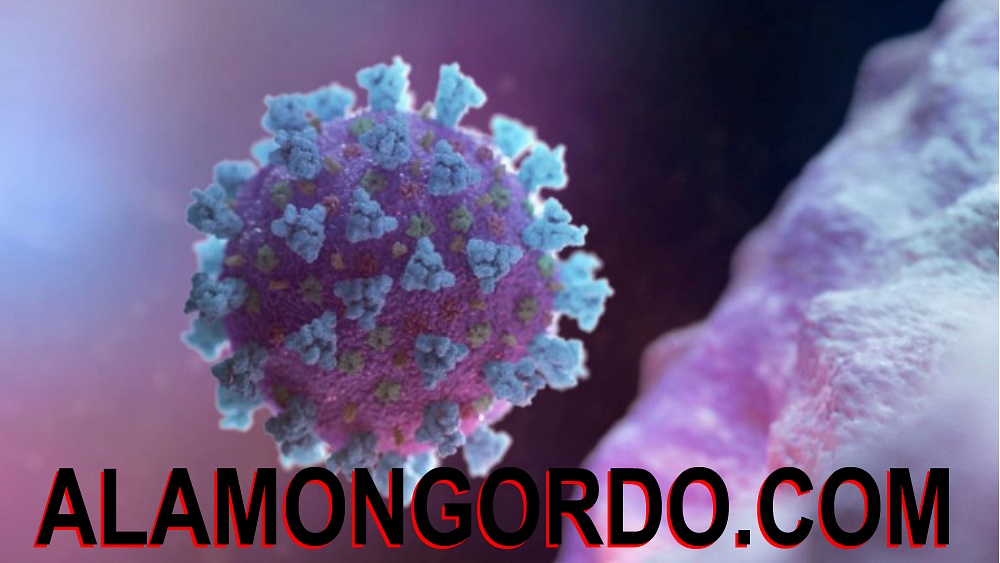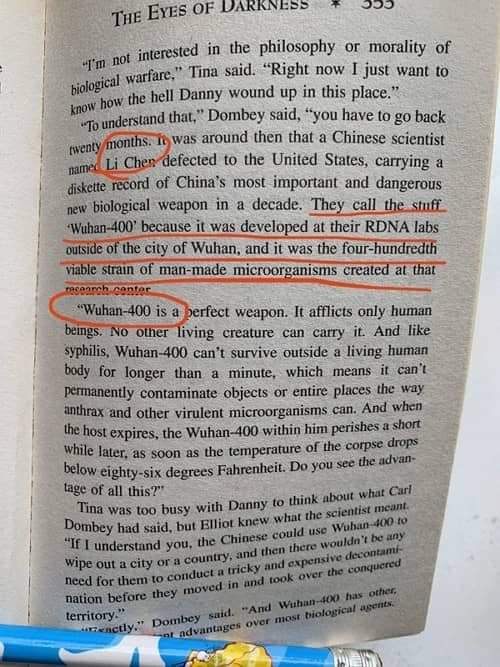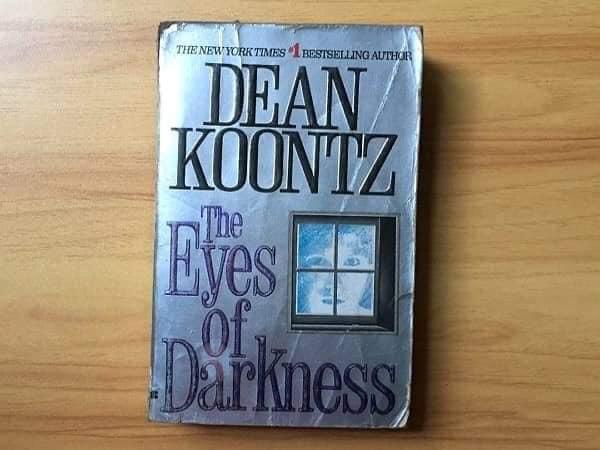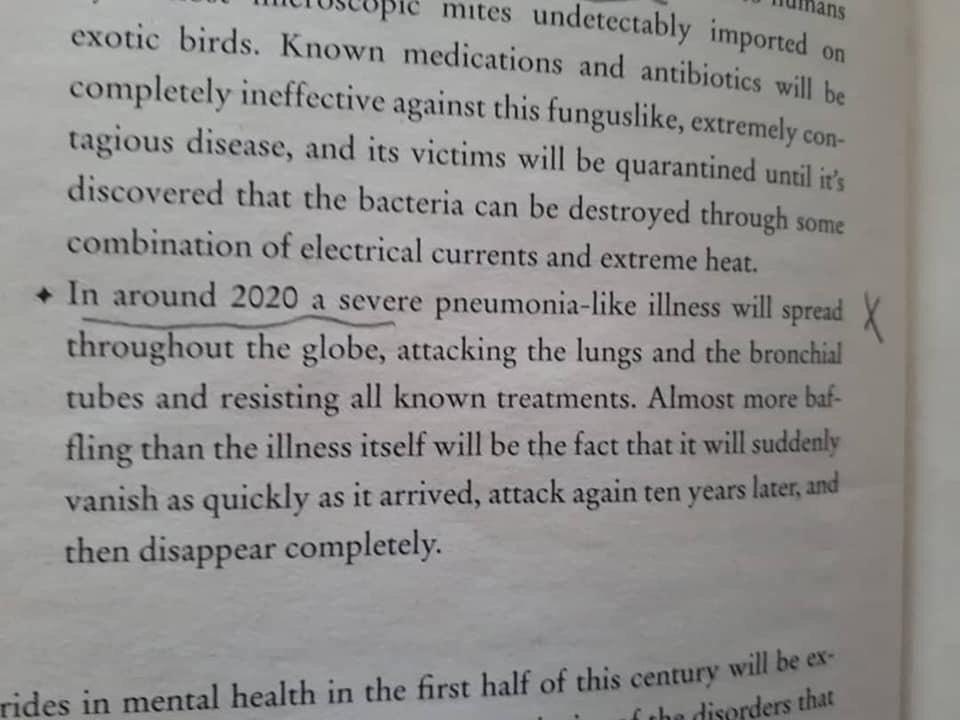Observations from the Johns Hopkins University real-time tracking dashboard indicate that Coronavirus cases maybe 10 times higher than reported. In response to the ongoing public health emergency, Johns Hopkins University developed an interactive web-based dashboard hosted by the Center for Systems Science and Engineering (CSSE) at Johns Hopkins University, to visualize and track reported Coronavirus cases in real-time.
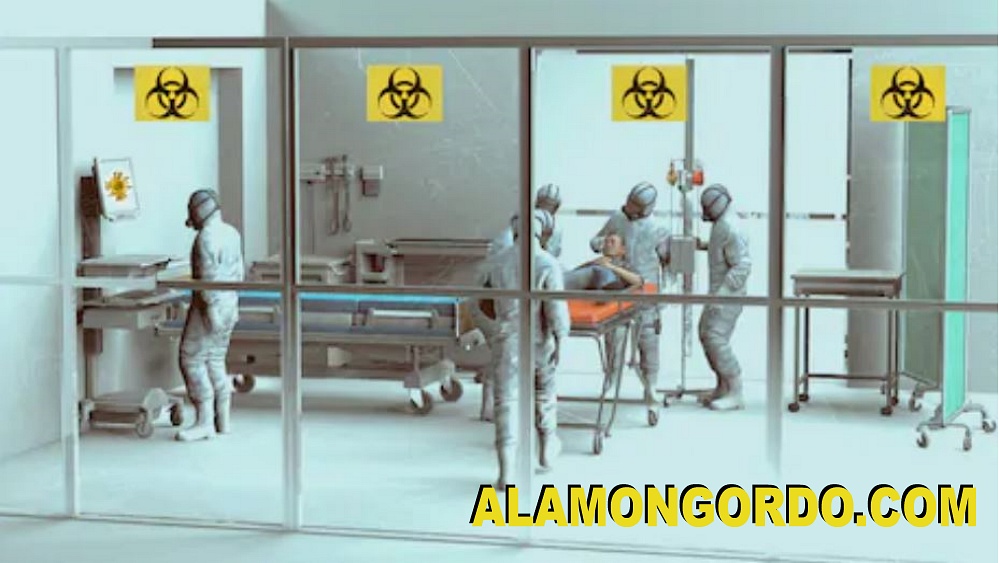
Among the serious observations available in a post under the heading “Public Health” dated January 31, 2020 from Johns Hopkins University Whiting School of Engineering are two significant claims that still stand entirely neglected in media treatment:
That official China novel Coronavirus statistics were at least at that writing nearly six weeks ago only reflective of 10% of actually occurring cases; that is, that the figures issuing from China should be considered depressed by 90% by whatever semantics one allows to indulge China’s self-exculpatory pretense of obliviousness in statistic-gathering and/or reporting strategies, and that novel Coronavirus infections already had numbered in the hundreds at least in Wuhan as of November 2019.
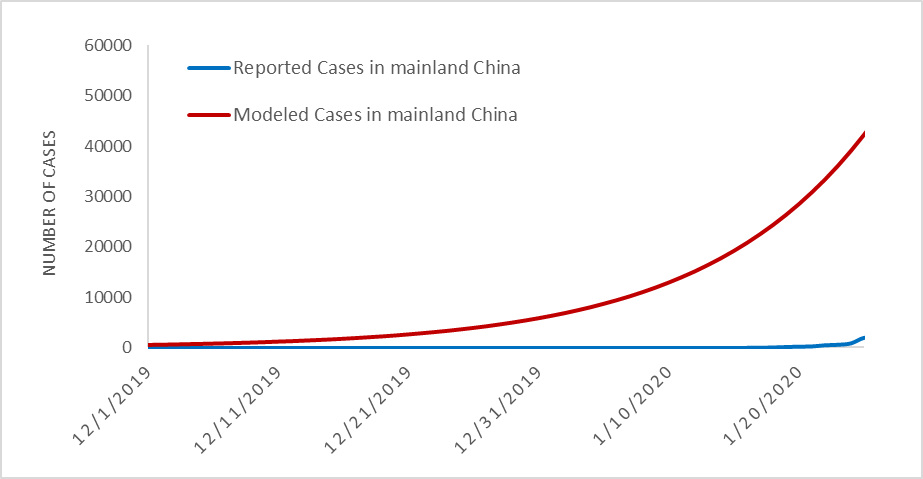
One may note in this regard that collation of Coronavirus COVID-19 cases on the Johns Hopkins real-time dashboard indicates both The World Health Organization and United States Center for Disease Control as figuring among its contributing data sources.
Altogether, the foregoing presents a peculiar disparity of figures and posturing. On the one hand, following the first point above, it is suggested conversely that even at least as of January 31, 2020, cases of novel Coronavirus in Mainland China should be calculated at ten times the reported number; from which to present at least a ten-fold assumption would hold because currently reported decreases in cases at this writing would be speciously based on modeling from the 90% under-reporting that it is reasonable to impute in large measure to WHO and CDC as significant source base for Johns Hopkins, which wisely indicates the disparity for consideration.
Then, considering the second point, assuming hundreds of cases extant already in Wuhan as of any time in November, 2019, there could be no possible way to accept China’s initial figures at all. Johns Hopkins politely states the case for us and it may perhaps be perilous to neglect this intended or unintended favor hiding in plain sight.
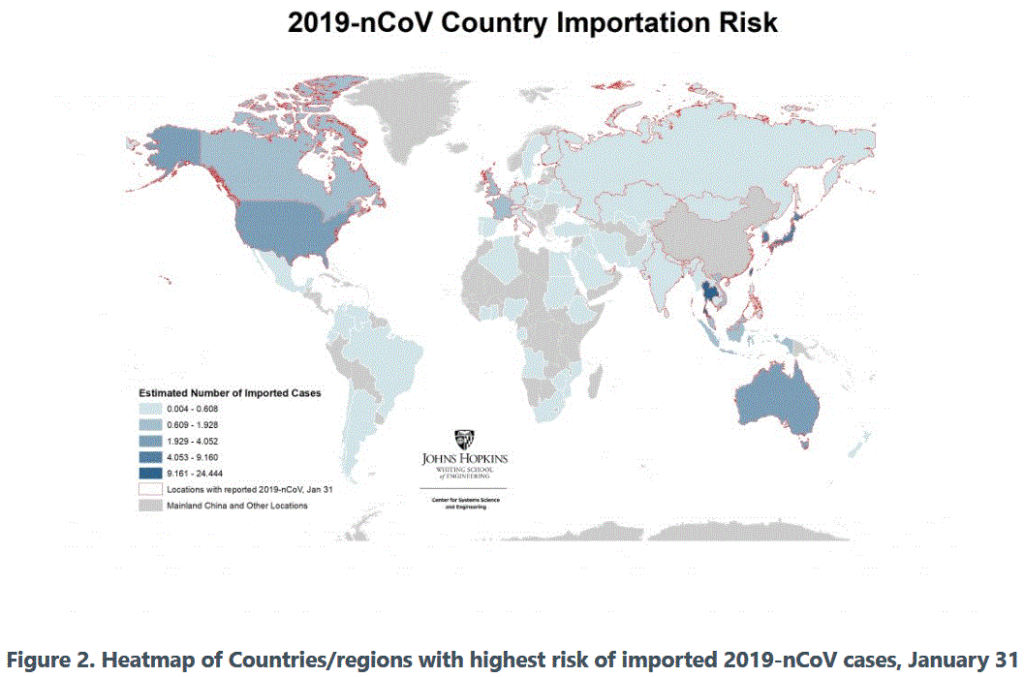
This information was forwarded by the author to United States Congresswoman Judy Chu (Democrat, California’s 27th Congressional District). Rep. Chu currently serves on the House Ways and Means Committee, which has jurisdiction over legislation pertaining to taxes, revenues, Social Security, and Medicare. In that Committee, Rep. Chu is a member of the Subcommittees on Health and Human Resources, Worker and Family Support, and Oversight, giving her oversight over healthcare reform and crucial safety net programs. However, as of this writing no reply has been forthcoming from Ms. Chu or any of her staff on the matter.
References:
- The reference to the official January 31, 2020 public-health posting is archived on the Johns Hopkins site: https://systems.jhu.edu/research/public-health/ncov-model-2/
- The live dashboard: https://www.arcgis.com/apps/opsdashboard/index.html#/bda7594740fd40299423467b48e9ecf6
By Russell Errett, Professor Emeritus for GreatGameIndia.

